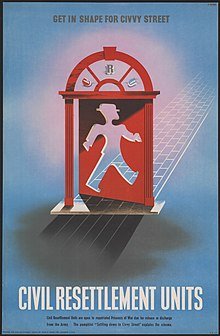
I stumbled across an article last week, mentioning a term that was new to me, yet simultaneously enraged me: Xennial.
Apparently, Xennials are people who straddle the Generation X and Millennial generations – born between 1977 and 1983.
The term has been ‘invented’ specifically to accommodate a group of people who don’t feel as if they fit into the X or Millennial bucket…
And this neatly sums up my irritation with the lazy way we ‘label’ people and why it has to end.
Let’s just examine this for a second: you take a group of around 7m people (in the UK) who were born between the mid-1960s and early-1980s and apparently they’re all meant to think and do things in the same way?
This group covers people who would have experienced punk at the age of 13, as well as those who experienced Pulp’s Common People and Oasis’ Roll With It at the same age.
How can they be similar?
Baby Boomers are no different. My mum is at the front end of the so-called Boomer generation, who turned down tickets to see The Beatles live. A fellow boomer at a comparable age would had to turn down a Duran Duran gig.
Like each other? I think not…
And yet these ‘buckets’ of people are used widely – and very often pejoratively – to describe how the UK acts and thinks.
Millennials are regularly tarred with the ‘lazy’ brush, for some inexplicable reason. Boomers are all rich, while Gen X-ers are sceptical risktakers.
As data allows us to be more nuanced about what people think and want, can we not expunge these lazy, wholly-inaccurate phrases from our language?

